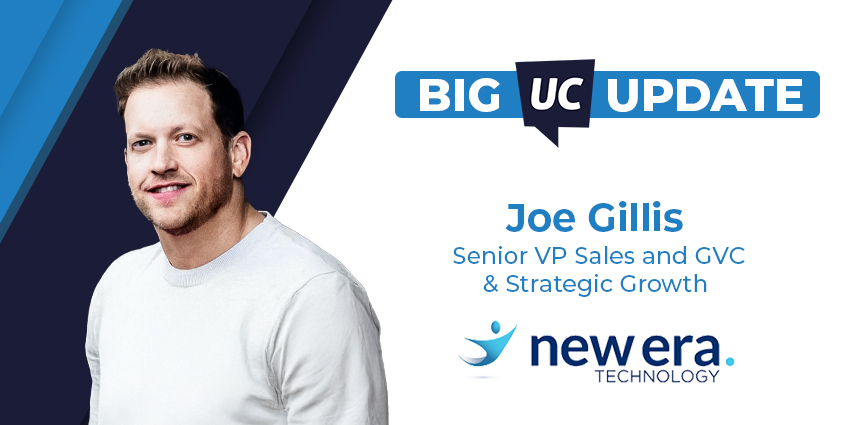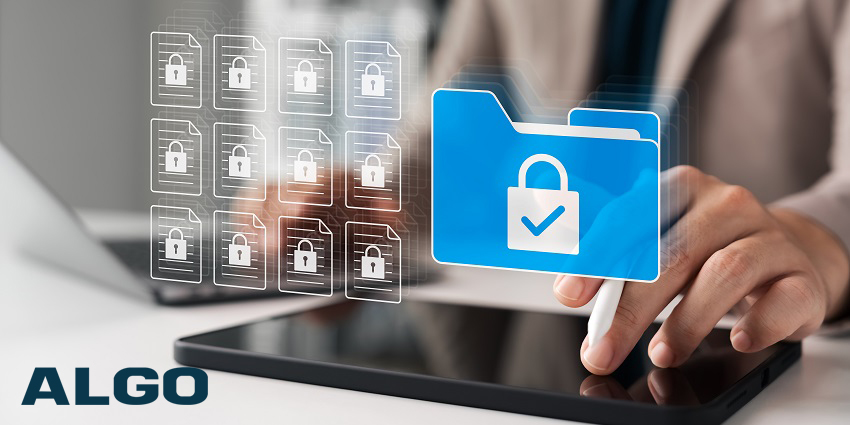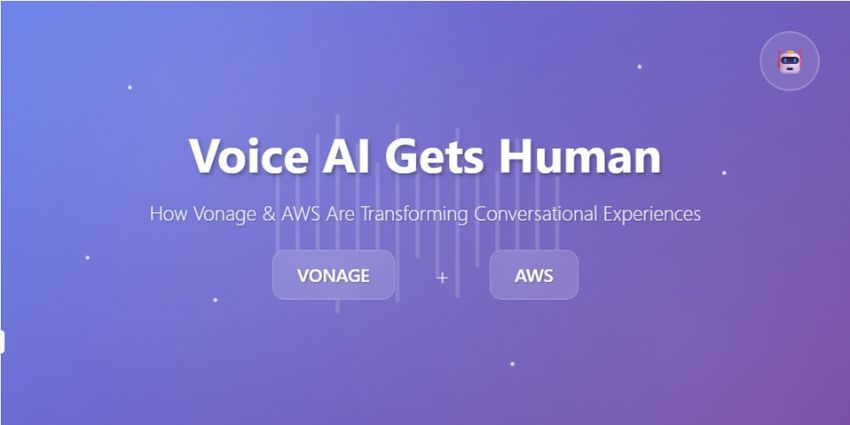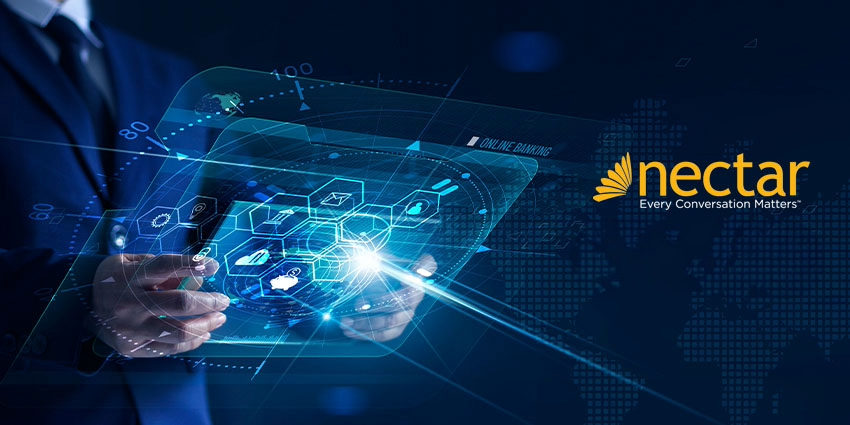Blockchain technology, introduced to the world in the Bitcoin white paper in 2009, has demonstrated promise in many settings beyond its initial cryptocurrency usage. Diverse use cases include logistics, supply chain, and identity — but attention is now turning to potential within the sphere of unified communications.
Understanding blockchain
Blockchain has been variously described as triple-entry book-keeping, or a distributed ledger. It’s a form of data storage in which the data resides in hundreds of thousands of decentralised nodes. Data is bundled into blocks and appended in sequence; you could also visualise a vast google spreadsheet with thousands of editors, bidding to append the next row.
As a database it is slow, cumbersome, and costly… but as a fully decentralised and tamper-proof oracle, it underpins a market cap of billions of dollars worth of value in bitcoin alone, by creating an environment of provable verification operating independently of trust.
When you need shared data to be available globally and indisputably it represents a viable solution, and while permissioned private blockchains offer increased potential for speed and scalability, second-generation protocols such as the Ethereum network facilitate smart contract logic, to embed a vast range of additional functionality beyond store of value.
Talking telephone numbers
Which brings us to number portability, because globally, telephone numbers are stored in huge public databases, siloed by different state and commercial providers. The very anatomy of the landline number itself was once highly linked to location. Porting between services is cumbersome and costly for communications service providers, frequently dependent on manual processes, and completely at odds with the syndicated nature of most online communications today — people expect to be able to have an email address for life wherever that life takes them, and want the same from their phone number.
Blockchain technology enables regulators to create smart contract transactions to manage number porting and all associated data. This improves customer experience, lower regulatory and business costs, and enables better management of fraud and nuisance calls.
While in a highly emergent phase, developments are moving into production as we move into a new decade. Wipro have developed a minimum viable solution designed to run in the cloud environment using the enterprise permissioned blockchain Hyperledger Fabric, API-based interfaces to external systems, and open-source technologies, for example.
Through deploying smart contracts the number porting process could eventually become fully automated, by enforcing contract terms and service-level agreements that the communications service providers agree between themselves. This will not only complete the porting process faster with minimal disruptive downtime, but securely and transparently exchange value such as account credit balances, unpaid bill amounts, and apportionment of charges or costs between operators in different jurisdictions.
So it’s unsurprising that providers are eyeing the ongoing research with interest, such as Chief Revenue Officer from Counterpath Todd Carothers, who said,
“We fully support this idea in an age where security and encryption are an absolute necessity for online communications”
“We have pioneered single number reachability for almost a decade with our desktop and mobile products, and will support this out of the gate when service providers adopt it, as our solutions are agnostic with regard to network/platform.”
As the UK awaits the outcome of a £700,000 research investment from Ofcom into blockchain solutions due for publication in April 2020, we can expect changes to influence our industry very shortly — perhaps even to finally solve a problem dating from the days of manual telephone exchanges.







